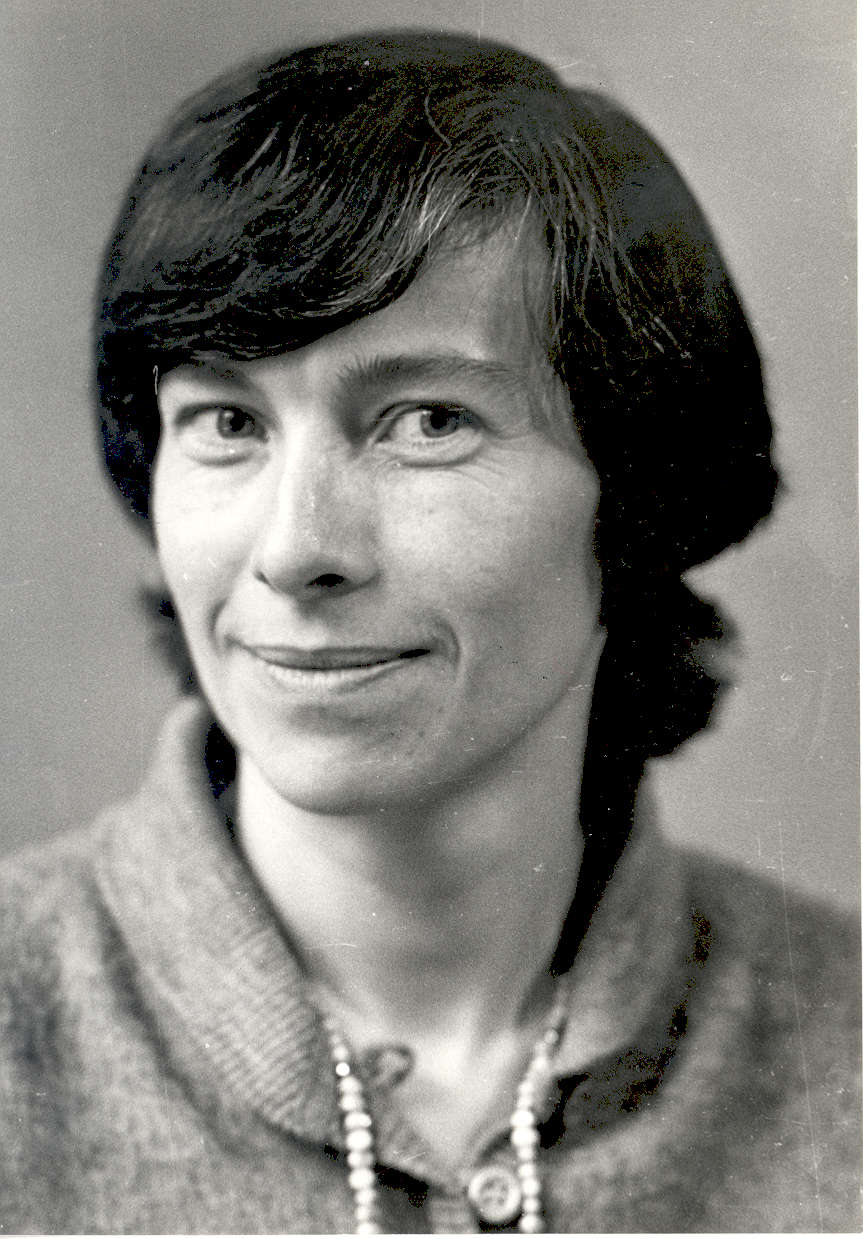
Mari Saat
Mari Saat (since 1975 Mari Meel, b. 27. IX 1947) is a prose writer.
She was born and educated in Tallinn, graduated from the faculty of economics at the Tallinn Polytechnic Institute, worked as a researcher at the Institute of Economics of the ESSR Academy of Sciences, since 1993 at the Tallinn Technical University. She became a Candidate of Economic Sciences in 1977. From 1983 to 1993 she was a professional writer in Tallinn. She joined the Writers’ Union in 1976, and was on its board from 1976 to 1981. She is married to the artist Raul Meel.
She has received plenty of awards – on two occasions the F. Tuglas short story prize: in 1974 for her first book Katastroof (‘Catastrophe’, 1973) and in 1986 for the story Elsa Hermann (1985); in 1985 she received the A.H. Tammsaare literature prize for her prose collection Õun valguses ja varjus (‘Apple in Light and Shadow’, 1985); in 1989 the J. Smuul prize for the collection of children’s stories Mina ise (‘I Myself’, 1988); the annual Writers’ Union prize in 1992 for the novel Võlu ja vaim (‘Charm and Spirit’, 1990) and the Literature Endowment Annual Awards for the novels Sinikõrguste tuultes (‘In the High Blue Winds’, 2000) and Lasnamäe lunastaja (‘The Saviour of Lasnamäe’, 2008).
She made her debut in 1970 in the journal Noorus with the short story Kollane liblikas (‘The Yellow Butterfly’). Her first book, Katastroof, was published in 1973. At the beginning of her career, short prose predominated. An overview of Saat’s work as a prose writer is provided by the collection Oakesed kaunas (‘Beans in a Pod’, 2014). The story, or short novel, Mida teha emaga? (What’s to be Done with Mother?’, Looming, 1977, in book form 1978) looks at the painful questions of the urbanisation of young people and the ageing of the rural population. Several of the characters in that novel also appear in the next one, Laanepüü (‘Hazel Grouse’, 1980) which focuses on contacts between the personal and the scientific world. The novel Võlu ja vaim concentrates on mapping a woman’s intellectual landscape and deals with questions of sexual identity. There was plenty of reaction to the novel Lasnamäe lunastaja (‘The Saviour of Lasnamäe’, 2008), which dealt with the lives of Russians living in Estonia and added a religious dimension to the social problems.
Mari Saat’s protagonists are often confronted by ethical choices. In her works the rational and the subconscious frequently collide. In Saat’s works, a particular perceptual experience and dream-like motifs are emphasised. The world in which Saat’s protagonists move is in every way normal and real according to external parameters, depicted in the matter-of-fact language typical of Saat’s prose, and yet something cuts into this reality and events take on a peculiar strangeness, a background against which different facets of human nature are revealed.
A. K. (Translated by C. M.)
Books in Estonian
Novels
Laanepüü. Tallinn: Eesti Raamat, 1980, 159 lk.
Võlu ja vaim. 1. raamat. Loomade ränded. Tallinn: Õllu, 1990, 140 lk.
Sinikõrguste tuultes…. Tallinn: Varrak, 2000, 117 lk.
Lasnamäe lunastaja. Tallinn: Tuum, 2008, 149 lk. [2. trükk: 2009.]
Stories
Katastroof. Jutustus. Tallinn: Perioodika (Loomingu Raamatukogu), 1973, 71 lk.
Roosipuupungad. Tallinn: Eesti Raamat, 1975, 143 lk.
Mida teha emaga?. Tallinn: Eesti Raamat, 1978, 107 lk.
Õun valguses ja varjus. Novelle ja jutustusi. Tallinn: Eesti Raamat, 1985, 144 lk.
Oakesed kaunas. Kogutud novellid. Tallinn: Tuum, 2014, 270 lk.
Children’s literature
Mina ise. Tallinn: Eesti Raamat, 1988, 45 lk. [2. trükk: 2009.]
Päkapikuõpetus. Tallinn: Tuum, 1995, 16 lk. [Järgmised trükid: 2011, 2017.]
Kuu King. Tallinn: Tammerraamat, 2017, 119 lk.
Maa ja Taevas. Tallinn: TEA Kirjastus, 2017, 22 lk.
Urrr ja Auhh. Väikese Jänese käest kuuldud loo kirja pannud Mari Saat. Kujundanud Liisa Maria Murdvee; illustratsioonid: Liidia Meel. Tallinn: Tuum, 2023, 69 lk.
Non-fiction
Surija üksildusest. Esseed. Tallinn: Tuum, 2004, 108 lk.
Matused ja laulupeod. Tartu: Petrone Print, 2015, 168 lk.
About Mari Saat
Võlus ja vaimus, valguses ja varjus. Mari Saadi maailm. Koostajad Piret Viires ja Virve Sarapik. Tallinn, Tartu: Tartu Ülikooli Kirjastus, 2015. [Sari ‘Etüüde nüüdiskultuurist’.]



